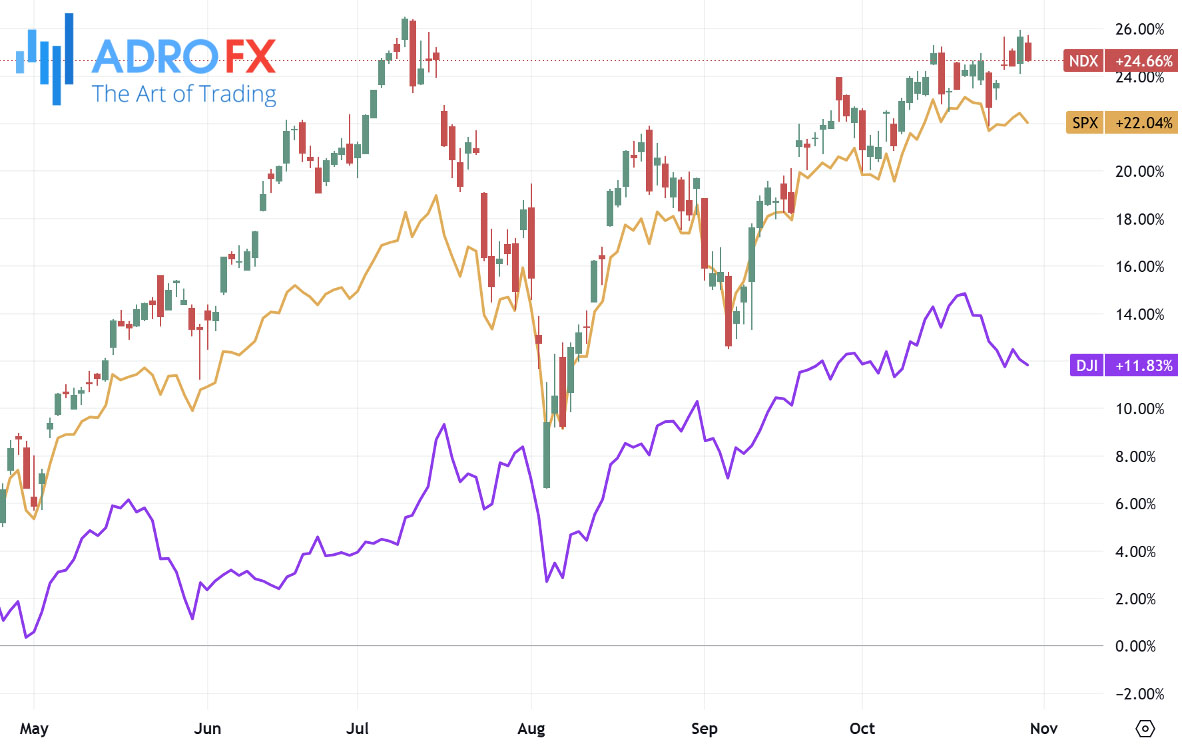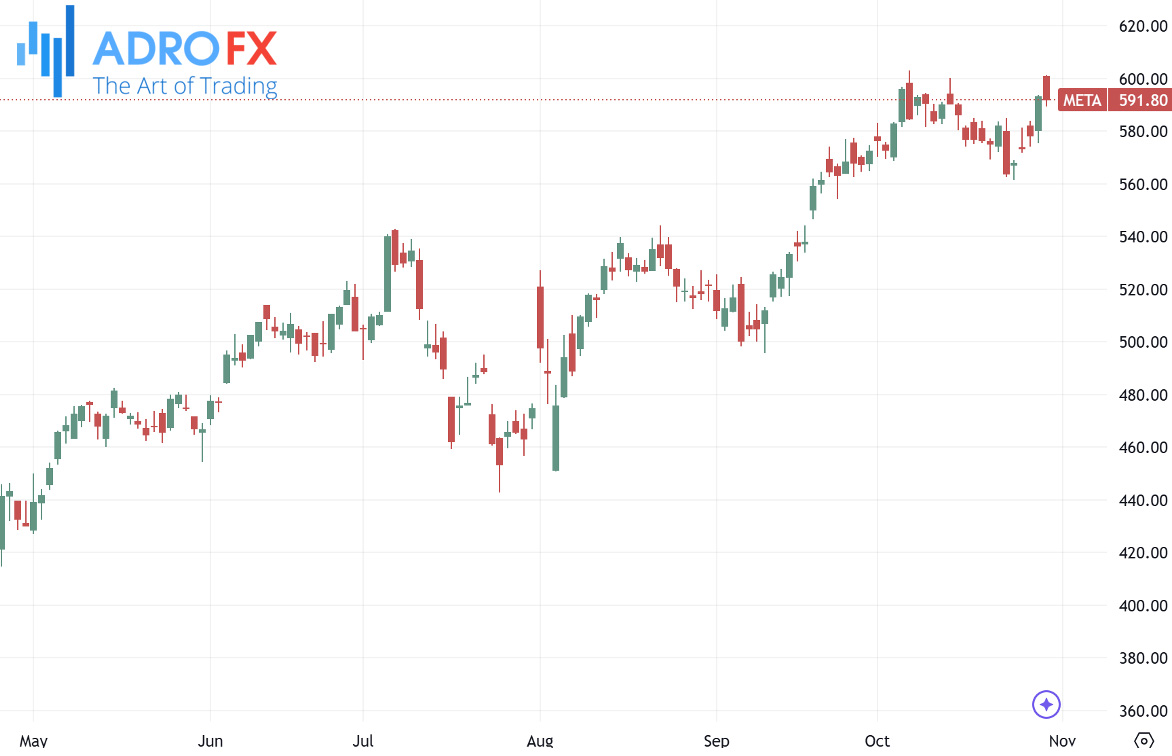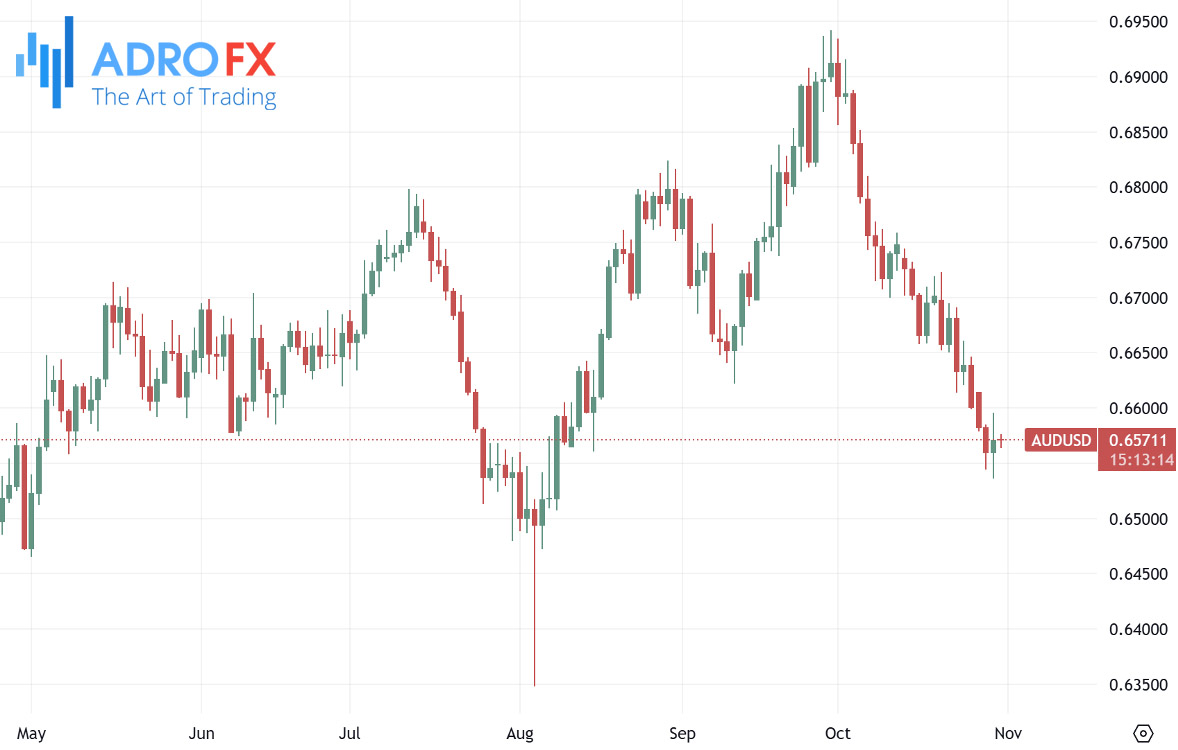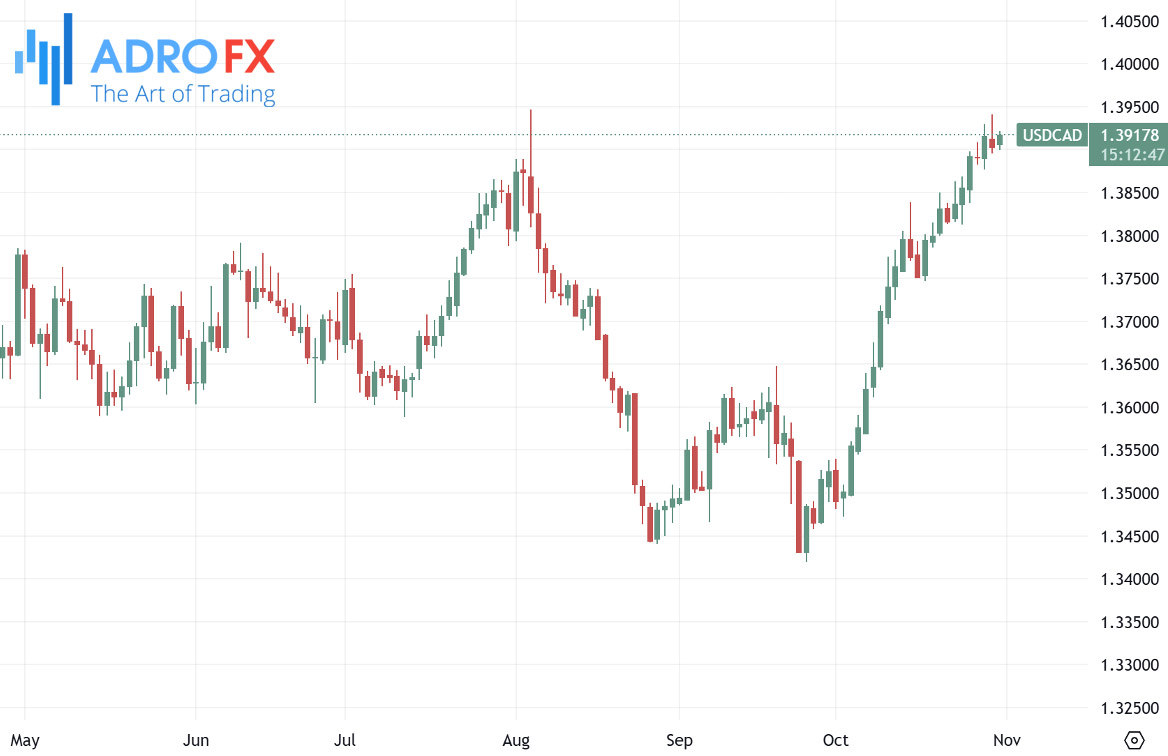Alphabet, Meta Earnings and Treasury Yield Spikes Stir Market Volatility | Daily Market Analysis

Key events:
- Japan - BoJ Interest Rate Decision
- Eurozone - CPI (YoY) (Oct)
- USA - Core PCE Price Index (YoY) (Sep)
- USA - Core PCE Price Index (MoM) (Sep)
- USA - Initial Jobless Claims
- USA - Chicago PMI (Oct)
The S&P 500 ended Wednesday in the red after alternating between gains and losses as investors assessed rising Treasury yields and a cooling rally in Alphabet.
The Dow Jones Industrial Average dropped 78 points, or 0.2%, the S&P 500 shed 0.3%, and the NASDAQ Composite declined 0.5%.

Alphabet pared back some gains but still closed up 3%, buoyed by stronger-than-expected quarterly earnings and a promising return on its artificial intelligence (AI) investments.
Alphabet’s cloud segment - closely tied to its AI efforts - recorded its fastest growth in eight quarters, while election season ad spending gave an extra boost, especially on YouTube. Meanwhile, Meta Platforms Inc. reported better-than-anticipated Q3 earnings on Thursday, driven by robust ad impressions and pricing. According to Jefferies analyst Brian Thill, Meta surpassed revenue expectations despite high investor anticipation.
Meta's shares dipped 2.2% in after-hours trading as investors processed the results and future guidance amidst elevated AI expectations. Adjusted earnings per share reached $6.03, beating analyst projections of $5.21, with revenue of $40.59 billion, a 19% year-over-year increase, exceeding the consensus estimate of $40.18 billion.

The Japanese Yen saw some buying interest after the Bank of Japan announced its policy decision earlier on Thursday, pushing the USD/JPY pair below the 153.00 level. Still, significant JPY appreciation seems uncertain, as investors appear skeptical of further BoJ tightening given Japan's complex political environment following a recent snap election that disrupted the ruling Liberal Democratic Party’s majority for the first time in 15 years.

According to economic data, Japan’s industrial output rebounded with a 1.4% increase in September after a 3.3% drop in August, and companies projected an 8.3% production rise in October. Retail sales also rose 0.5% year-over-year in September, a noticeable slowdown from the previous 3.1% growth, indicating weaker consumer momentum.
The Australian Dollar held steady following mixed economic data from Australia and China’s NBS Purchasing Managers Index (PMI). Hawkish sentiment for the Reserve Bank of Australia’s policy outlook continues to support the AUD/USD pair, containing any downside.

Seasonally adjusted retail sales in Australia rose just 0.1% month-over-month in September, below the 0.3% forecast and down from the previous month’s 0.7% growth. Quarterly retail sales saw a 0.5% gain in Q3, recovering from a 0.3% decline in Q2.
USD/CAD hovered around a three-month high of 1.3940 on Wednesday. The Canadian Dollar may have found support from rising oil prices, as Canada remains the largest crude supplier to the United States. West Texas Intermediate (WTI) oil was trading around $68.70, lifted by strong US demand following an unexpected drop in oil inventories.

The US Energy Information Administration (EIA) reported a 0.515 million-barrel reduction in crude inventories for the week ending October 25, defying expectations of a 2.3 million-barrel increase.
Bank of Canada Governor Tiff Macklem addressed the House of Commons Finance Committee on Wednesday, stating that if economic conditions meet the bank's projections, further rate cuts may be pursued to maintain target inflation.
Gold prices edged lower in the Asian session Thursday, pressured by renewed US Dollar strength, which reduces the appeal of USD-denominated commodities. Expectations for smaller Federal Reserve rate cuts, alongside concerns over the US fiscal deficit, are driving Treasury yields higher, limiting gold’s upside amid slightly overbought conditions.

Uncertainty around the November 5 US presidential election and Middle East tensions could still offer some support for gold as a safe-haven asset. Investors may adopt a wait-and-see approach ahead of the US Personal Consumption Expenditure (PCE) Price Index and Friday’s nonfarm payrolls (NFP) report, both seen as key indicators for the Fed’s rate outlook.








